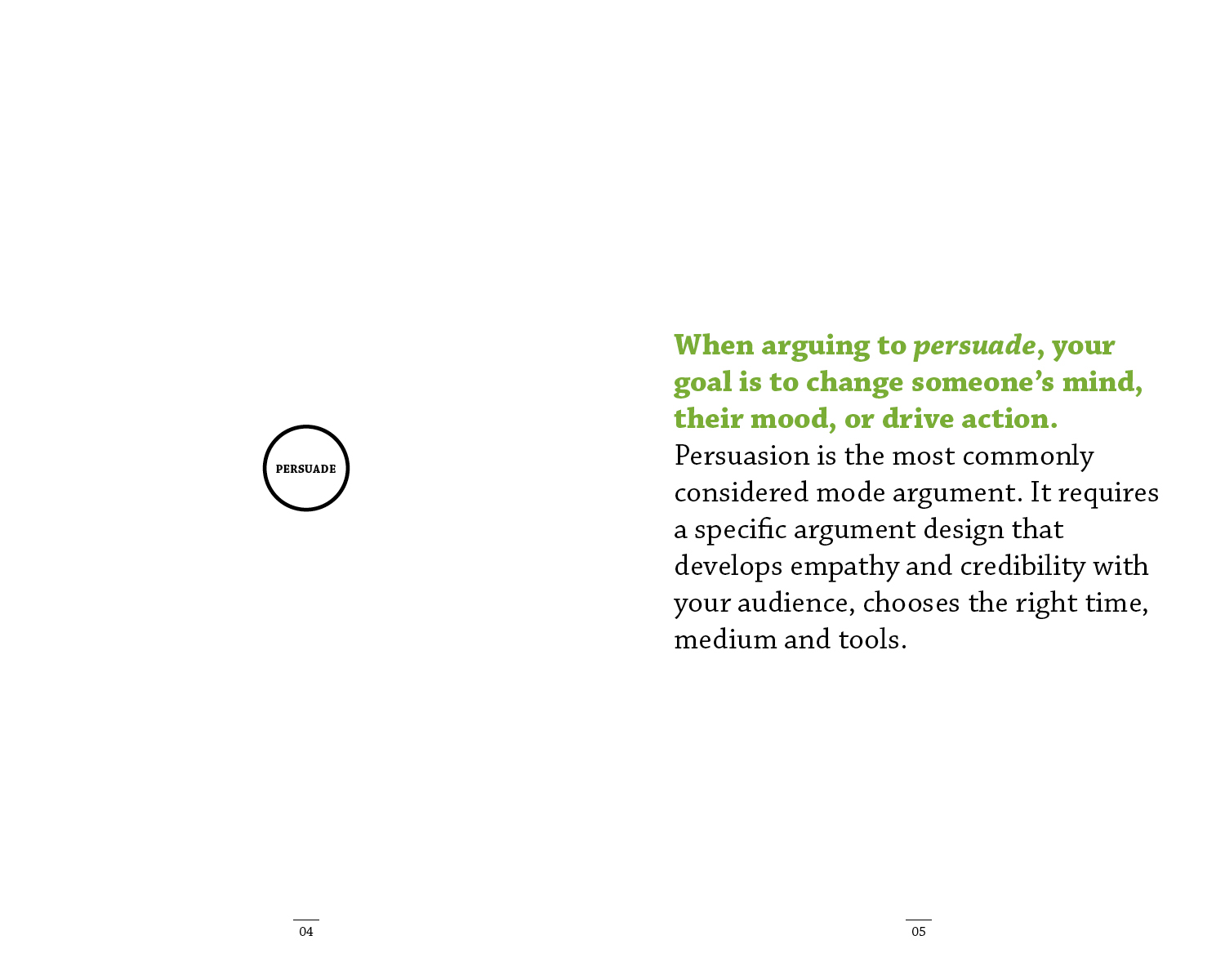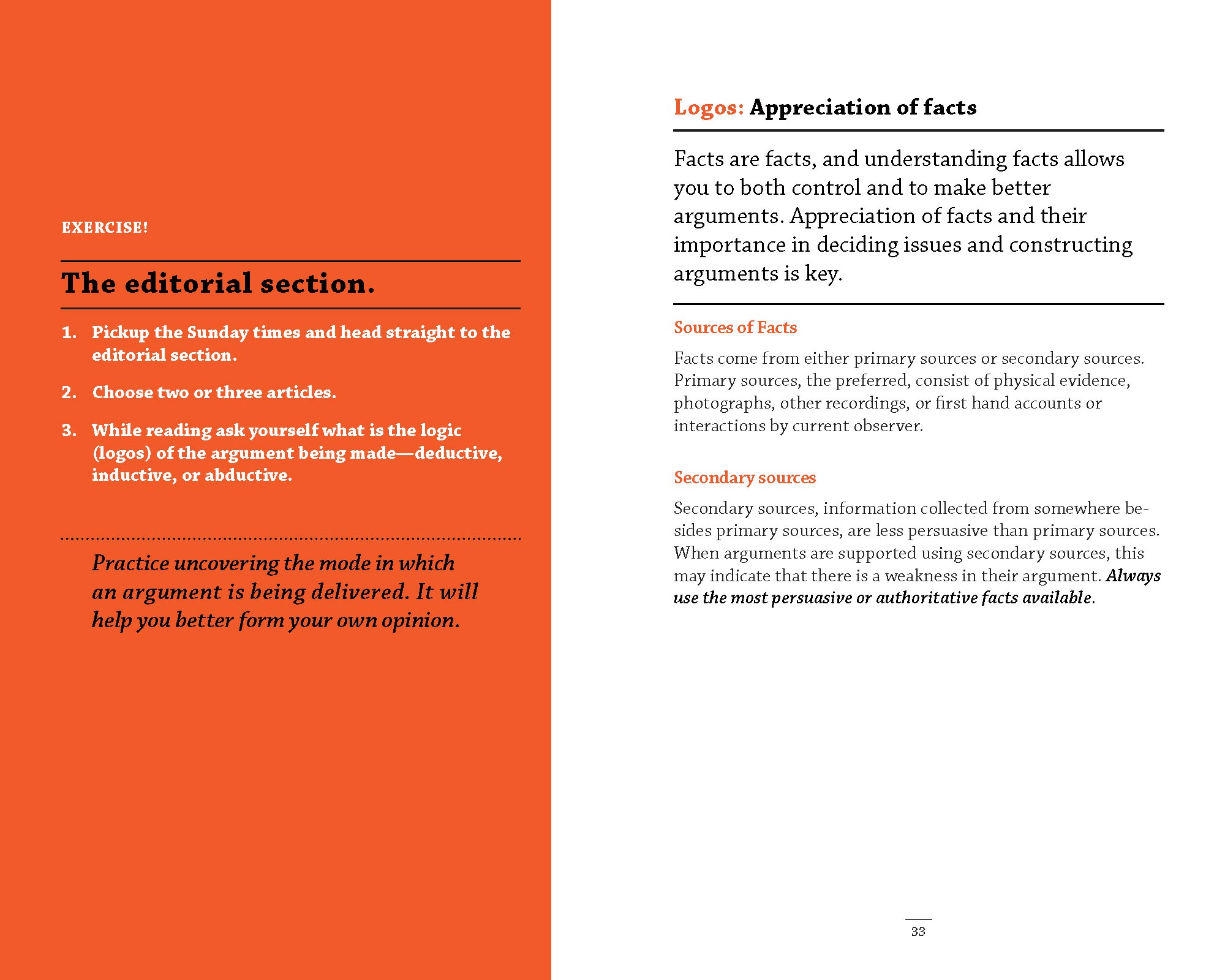PROJECT TITLE :
Designing
Arguments:
Workshop &
Toolkit
Portraits Of Obama: Media, Fidelity, and the 44th President
Using Obama as a prism, this essay examines the culture of American mass media, examining the fidelity of news content amongst the ever-growing, ever-fragmenting, modern media landscape. It investigates the audience’s active engagement in the construction of their relationship to reality, the flawed nature of newsmakers and their perceptions of the world, and offers an alternative narrative approach to the construction of the self.
PROJECT SUMMARY :
The above pictures are from a workshop that I ran on the subject of Design and Argumentation at SYPartners, a design-oriented management consultancy in San Francisco, in collaboration with Stanford’s d.school.
The workshop was co-facilitated by Rebekah Baglini, Jose Torres Varela, and myself— the Linguist, the Lawyer, and the Designer. The goal was to explore the cross-disciplinary nature of design and argumentation while creating tools to bring attention to their relative nature and intention to our engagement with design as a mode of communication. Below is a sampling of the toolkit that was created from this research.
PROJECT TYPE :
Orientation: Design Strategy + Design Educator
Project type: Design Research + Coaching
Output: Workshop + Design Toolkit
PARTNERS :
Partners: D.school at Stanford University + SYPartners, SF
DESIGNING ARGUMENTS TOOLKIT


When we think of design we don’t often think of argumentation, yet so much of the design we engage with in the world must be communicated, understood, and negotiated by us, as would any argument.
Similarly, when constructing an argument we don’t often consider it to be an act of designing. This duality, based on the intentionality of communication, is what makes both design and argument powerful tools of interaction and transformation. Consolidating these tools into one intentional act can strengthen the foundation of a design or argument as well as the clarity of the message driving the appeals or interactions being made.
UNIT CONTENT
Tool Index:
Find the right tools for...
02 / Asking initial questions
04 / Beginning your research
06 / Building a claim
08 / Collecting data
10 / Understanding roles and persona
12 / Knowing your audience
13 / Constructing a profile
15 / Constructing a personal persona
16 / Going from debate to ideate
18 / Okay, therefore...
19 / What it’s really about is...
20 / Designing Arguments
22 / Mapping tool
24 / Mapping arguments
25 / Game-changing questions
26 / Vision Boards
29 / Reference

What is the goal of your argument?
Your goal will dictate how you argue, what tools you use, and how you use language and the rules of engagement.
An argument can provide an explanation; it can be used to deliberate and ideate, or to persuade someone to take an action or change their view, and to justify yours.
UNIT CONTENT
Target the purpose of the argument
you want to make. Consider......
02 / The purpose of your argument
04 / Persuading: change an opinion or drive an action
08 / Justifying: construct a claim or clarify an idea
12 / Explaining: foster understanding or illuminate an idea
16 / Deliberating: work Collaboratively and Generativity
22 / Setting an Intention

At the heart of all human engagement is cooperation.
These engagements are based on different sets of rules that optimize this cooperation. These rules of engagement exist in inter-personal and social interactions—via verbal, visual, and audible languages. Without radical cooperation around these rules, there would be chaos.
UNIT CONTENT
Before stepping on to the stage
consider the following...
02 / Questions for setting the tone
04 / Setting the Stage: create a productive environment
12 / Language: uses and abuses in the act of communication
22 / Targeting your goals

What makes for a good argument?
What are its components?
It’s a question that we should all ask ourselves since we spend the majority of our day in some form of argument, be it with people or things (see the section on the Goals or Argument).
UNIT CONTENT
When designing an argument consider
the following ...
02 / Qualities that drive a good appeal
06 / Questions at the heart of an argument
08 / Ethos: garner confidence and authority
14 / Pathos: understand and affect the audience’s emotions
22 / Logos: support an argument via good reasons
40 / Imagos: take creative and imaginative leaps
48 / The anatomy of an argument























